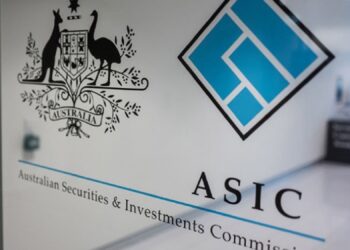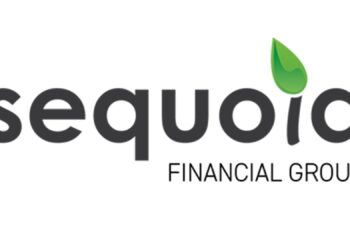Why do most market commentators spend their time forecasting short-term market moves, which is tough and largely irrelevant to planners, when forecasting long-term returns is both more accurate and relevant to the real needs of financial planners?
Key drivers of share market performance, such as earnings per share (EPS) growth, are much easier to forecast for the long-term rather than the short-term, as chart 1 clearly shows.
A long-term approach to forecasting
The heart of the forecasting process described here derives from the observation that over long periods of time equity market returns can be broken down into three components:
• dividend yields today;
• growth in earnings; and
• change in valuation multiple.
If these are annualised and added together they provide an excellent approximation of the total return of the market.
Table 1 shows how, over the past four decades, dividends, earnings growth and changes in price/earnings (PE) ratios have contributed to returns of the All Ordinaries Index.
The approach is an approximation and will rarely provide a perfect answer, even if viewed after the fact due to takeovers, stocks coming in and out of the index, and changes in dividend payout ratios.
Nonetheless, it is an excellent framework for reviewing the past and, more importantly, thinking about the future, and a good basis for making asset allocation decisions.
What does this mean for the outlook of Australian equities?
The key data points today are a dividend yield for Australian equities of 5.1 per cent per annum, which includes the affect of franking credits, and a PE ratio of 16.5.
The key questions for the future are, how fast can Australian companies grow earnings, and where will PE ratios be in 10 years time?
Furthermore, by posing central, optimistic and pessimistic forecasts for EPS growth and PE ratios in 10 years time, we can get both a central forecast and a range of expectations about where the actual performance might be.
How fast can Australian companies grow earnings?
Australian companies’ long-term record of earnings growth over the last 40 years is patchy.
Generally, growth has been well below that of gross domestic product (GDP) growth, although that record has been substantially better in the past decade (chart 2). This chart shows 10-year rolling real EPS growth and real GDP growth where the first data point is for the decade ending 1971.
What about the next decade?
My expectation is for EPS growth of around 5 per cent (or 3 per cent real), with an optimistic case of around 8 per cent per annum, and a pessimistic case of 1 per cent per annum.
Where will PE ratios be?
The key issue is where will inflation be? Most market economists and fund managers expect it will remain low and, if so, you should expect the PE to be around 16.5 where it is today.
An optimistic assessment of PEs could have them as high as 20, with a pessimistic assessment as low as 13. And if inflation were to re-emerge, then do not be surprised to see PE ratios below 10 (chart 3).
Putting it all together
By adding together current yields, expected growth rates and the effects of PE growth or contraction, one can arrive at sensible long-term forecasts for the equity markets (table 2).
Implications for investors
Australian equities currently seem attractively priced compared to bonds, but having said that, they may not necessarily outperform bonds over the next decade. The case for well-diversified portfolios remains strong.
Tim Farrelly is principal of Farrelly’s, a boutique consulting firm providing asset allocation support for financial planners. Tim can be contacted at farrelly5@bigpond.com.





